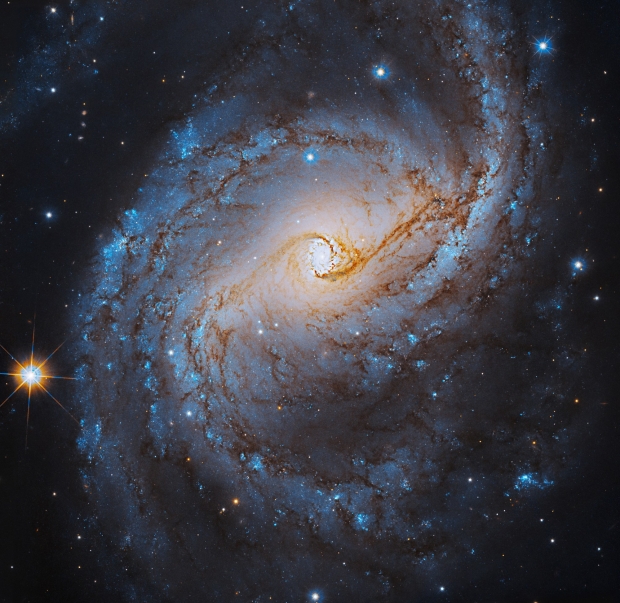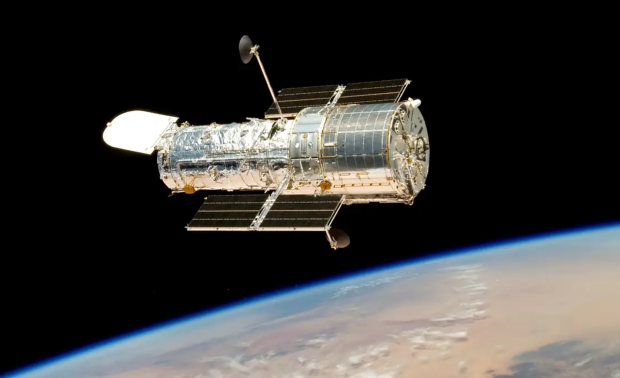NASA has completed its week of releasing new images snapped by the iconic Hubble Space Telescope with an image of the Type II Seyfert galaxy known as NGC 6951.
Hubble has pointed its old yet still extremely powerful instruments at the spiral galaxy that resides some 78 million light years away from Earth within the Cepheus constellation. NGC 6951 was originally discovered in 1877 by French astronomers Jerome Coggia and American astronomer Lewis Swift in 1878 and has since been a target for developing an understanding of stellar history.
NASA writes in its blog post that NGC 6951 experienced its peak of stellar formation approximately 800 million years ago, which it then sat quietly for about 3000 million years before ramping star production back up.

NGC 6951
"Turbulent regions of gas, shown in dark red, surround the bright blue pinpricks that are star clusters," writes NASA
The galaxy stretches some 75,000 light-years across, and at its center resides a supermassive black hole that is surrounded by a ring of stars, gas, and dust that spans 3,7000 light years. NASA writes that this "circumnuclear ring" is between 1 and 1.5 billion years old and has been forming stars for most of that time."
"Scientists hypothesize that interstellar gas flows through the dense, starry bar of the galaxy to the circumnuclear ring, which supplies new material for star formation. Up to 40 percent of the mass in the ring comes from relatively new stars that are less than 100 million years old. Spiral lanes of dust, shown in dark orange, connect the center of the galaxy to its outer regions, contributing more material for future star formation," writes NASA



